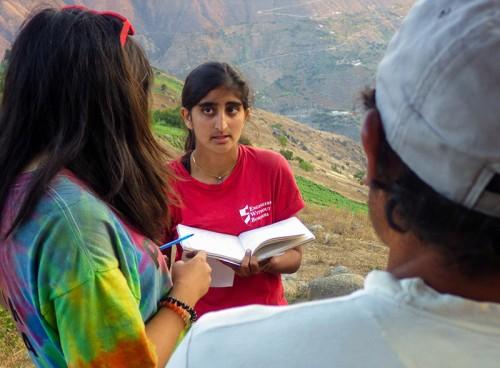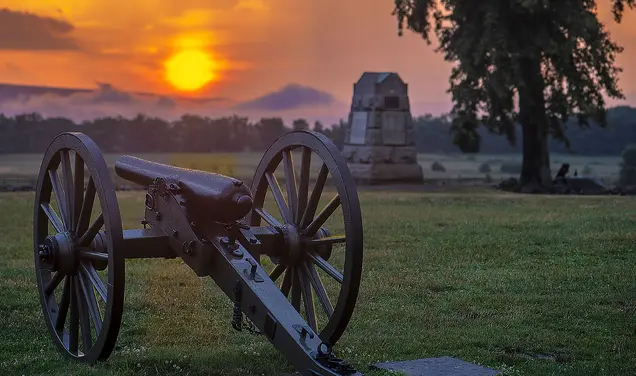For Engineers, A Hands-On Chance to Design, Serve
[
In the summer of 2013, Amanda Li â16 and Kasturi Shah â16 walked the hillside path of what would be phase two of a new gravity-fed potable water system for La Pitajaya, a community in the Andean foothills of Peru. The path wasnât really a path, Li said, and their tools were pretty basic â a 60-meter measuring tape and a handheld GPS device. But Li and Shah, project managers for Princetonâs chapter of Engineers Without Borders (EWB), got the information they needed to begin their designs. A year later, after months of planning and more than three weeks of exhausting labor, Shah was racing down the same mountain, doing her best to run faster than the water in the pipes so that she could be at the bottom when it reached the tap stand below. Seeing the projectâs completion was cause for cheers and celebration from the Princeton team â six undergraduates and two traveling mentors â as well as the community partners who helped bring the system to life, Shah said. The Princeton EWB group, founded in 2004, had two summer projects this year: one in Peru and one in Kenya. A third trip, to Sierra Leone, was canceled due to the Ebola outbreak. About 50 students are involved in various phases of the EWB work, but only a handful travel to implement the systems that the teams design. The projects are community-initiated, Li said, and community members play key roles in construction and implementation. Corrie Kavanaugh â17, a civil engineering major on the La Pitajaya team, said this summerâs trip â her first with EWB â was a remarkable service experience and an education in practical engineering. âItâs very difficult to actually design something in real life,â Kavanaugh said. âBeing part of EWB has given me technical experience that you donât normally get [in the classroom].â Below, view photos of the La Pitajaya team, courtesy of Joshua Umansky-Castro â17. [gallery type="slideshow" ids="9775,9776,9777,9778"]











No responses yet